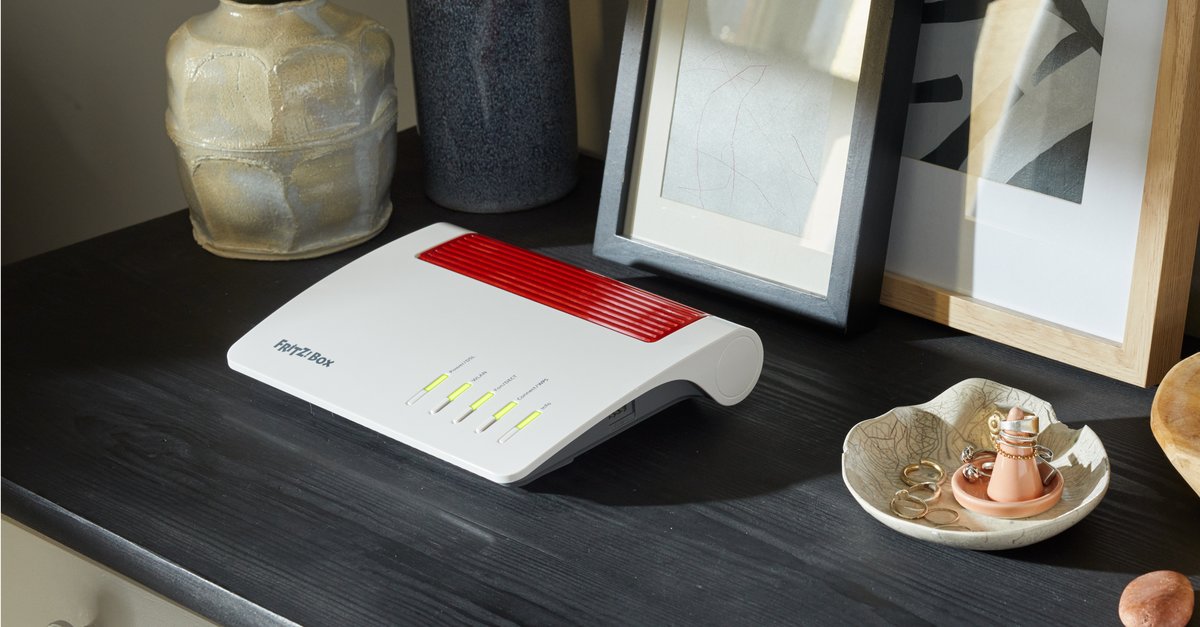Unbelievable, the first iPhone didn’t have these 15 features
Time flies, because 15 years ago Apple showed us the very first iPhone. But many of the functions that we take for granted today were unthinkable back then. An exciting review in 15 points.

If you want to visualize the rapid development of the iPhone, just look at the first model from 2007. It laid the foundation for Apple’s success today, but still had to do without a large number of functions, which we consider “normal” in today’s iPhones.
15 features that the first iPhone didn’t even have
The colleagues from MacRumors collected 15 of these features in a list to match the anniversary (source: MacRumors). Let’s take a closer look:
- App store: An iPhone without an App Store? Inconceivable today, but it actually didn’t exist until the summer of 2008, a year after the introduction of the first iPhone. In the meantime, developers and customers should be content with web apps, but the call for native apps was just too loud, Apple heard it and responded.
- Copy and paste: The iPhone had to do without “copy & paste” for a long time, only in 2009, two years later, was this a matter of course available.
- Front camera: Video conferences, especially with FaceTime, are indispensable today, but this only became possible with the iPhone 4, the first Apple cell phone with a front camera.
- Flashlight: A suitable LED flash light did not initially exist, instead resourceful developers presented apps that displayed a white screen at maximum brightness to imitate a flashlight. An absolute must for iPhone users for a long time.
- Video recordings: With the first iPhone, you could take (bad) photos on your own, but you had to be patient for video recordings. Only the iPhone 3GS (from 2009) was able to do this.
A snippet from the legendary January 2007 keynote unveiling the first iPhone:
- MMS support: Even though MMS (Multimedia Messaging Service) never became a hit, it would have been nice if the first iPhone supported it. But it didn’t work, this was only possible from 2009 and then only from the second iPhone generation upwards.
- GPS: Navigation with the iPhone? Was only available in the following year with the iPhone 3G, the original Apple cell phone was still denied.
- Home screen wallpapers: With the iPhone it remained monotonous for a long time, because it was only with iOS 4 from 2010 that the system made it possible to use your own background images.
- SIM lock vs. free choice of provider: Today you have to remember that with the iPhone you couldn’t initially choose the provider. In the USA, for example, cell phones were only available from AT&T for a long time, in Germany from Telekom. Today unimaginable.
- Siri: The language assistant has only been hearing our requests for a little over 10 years. But let’s be honest, even today Siri still doesn’t understand everything.
- Touch ID and Face ID: Fingerprint sensor (from iPhone 5s, 2013) and face recognition (from iPhone X, 2017) seem natural to us today, but before we always had to enter our passcode manually.
- Lightning connector: Even in the days of USB-C, it was still standard on the iPhone, but the first model didn’t even have the Lightning port, instead it used the iPod’s 30-pin dock connector.
- Retina display: Even if the name is pure marketing, the fact is that the first iPhone had a relatively low display resolution. Everything only got a bit sharper with the iPhone 4 – the retina display was born.
- Wireless charging: It’s only been around since 2017 and yet we’ve gotten so used to it.
- water resistance: The original iPhone should be kept away from water, but the latest models are even IP68 waterproof.
We already looked back in 2017 and collected the milestones in iPhone development:
The actual DNA of Apple’s iPhone
In short, from today’s perspective, using an original iPhone might even seem absurd to us, but the DNA of Apple’s phone hasn’t really changed and hasn’t changed since then. An easy-to-use touchscreen with a perfectly optimized user interface and the power of the internet – applied equally to 2007 and 2022.



